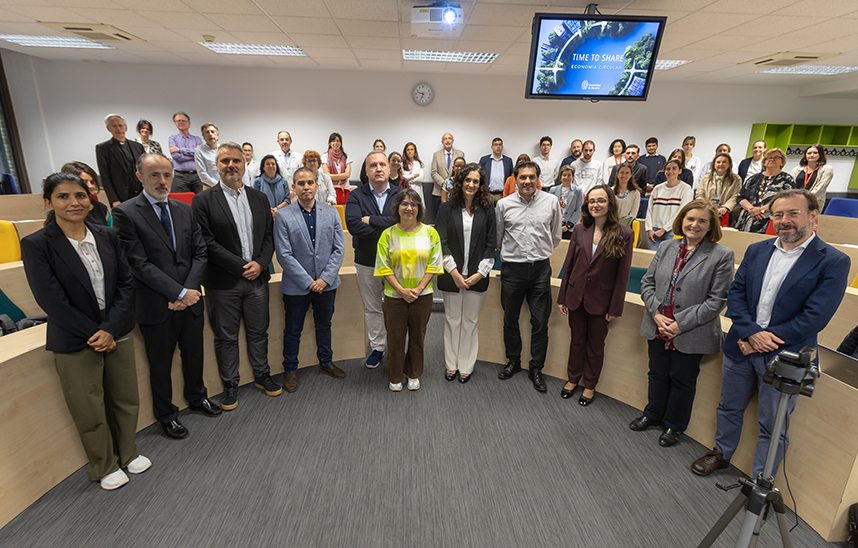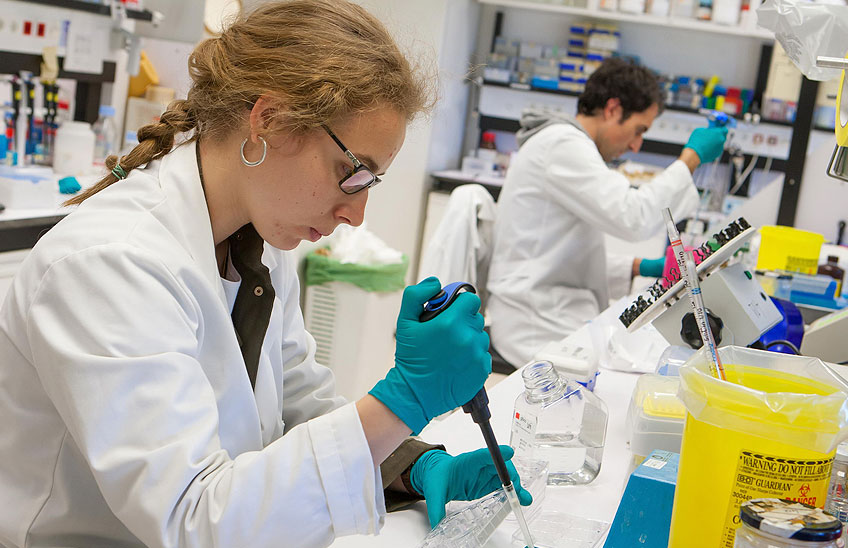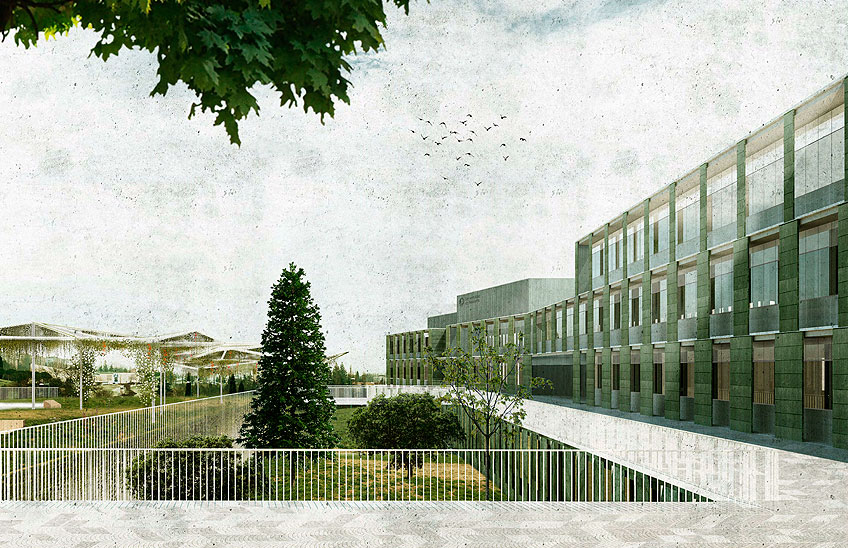COL3NATUR, a project to renaturalize school environments and adapt to climate change
The project consortium is made up of universities, research centers, public administrations and companies from Spain, France and Portugal.

FotoManuelCastells/Representatives of the universities, research centers, public administrations and companies participating in the project met at the School of Architecture of the University of Navarra.
25 | 06 | 2025
The University of Navarra leads a project co-financed by the European program Interreg SUDOE, COL3NATURwhich seeks to accelerate adaptation to climate change by incorporating nature-based solutions (NBS) in buildings, playgrounds and school roads in urban and rural areas of southwestern Europe.
The project consortium, made up of universities, research centers, public administrations and companies from Spain, France and Portugal, met on June 20 at the School of Architecture of the University of Navarra to launch this initiative.
COL3NATUR goal to demonstrate the potential of nature-based solutions (NBS) to reduce the effects of extreme temperatures, heat waves, torrential rains and other impacts derived from climate change. The project will act on three levels of the educational environment: 15 school playgrounds, with pilot interventions in 3 of them; 6 school road networks, with specific improvements in 3 locations; and the development of prefabricated building components with NBS for their implementation in facades, playgrounds and school routes.
These pilots will be supported by innovative digital tools and a common assessment methodology, ensuring comparable and transferable results across the SUDOE region. In addition, two multidisciplinary and transnational summer courses will be held to promote the industrialization of building elements with NBS.
Aurora MongeAurora Monge, principal investigator of the project and professor at the School of Architecture of the University of Navarra, points out: "Many city councils or administrations have action lines and strategies for the renaturalization of school environments, but academic and scientific support is needed to ensure that the results are in line with the proposed objectives and with efficient and measurable results. This strategy offers the opportunity to have an impact on other environmental and social objectives, which requires amultidisciplinary approach . Is the aim to reduce outdoor temperatures in the playground or also in the classrooms? When there are budget limitations, something common, what strategy should be followed? Has it been thought from the point of view of children's play, wellbeing and health?
Participating in the project are: University of Navarra (School of Architecture and BIOMA Institute); Pamplona City Council; Eslava y Tejada arquitectos; Larraby Electrónica y Comunicación, S.L.The project involves: University of Seville(School of Architecture); CIEMATdepartment of Energy); Universidade do Minho (Institute for Sustainability and Innovation in Engineering Structures ); Município de Vila Nova de Famalicão (Portugal); Mairie de Bayonne (France); and PETR Pays Tolosan (France).




